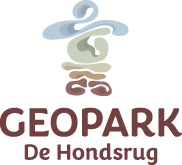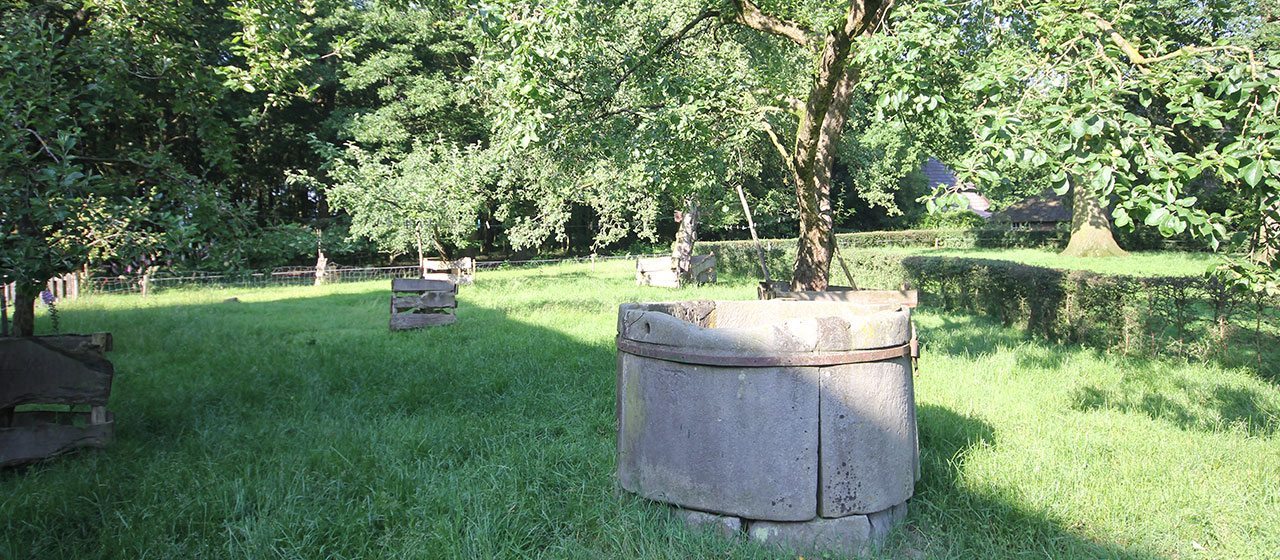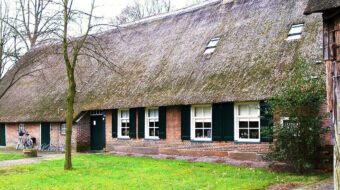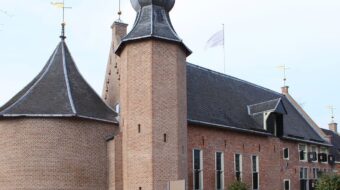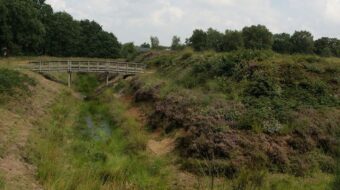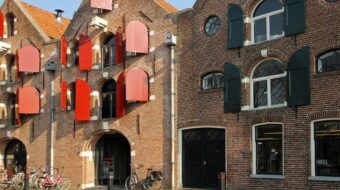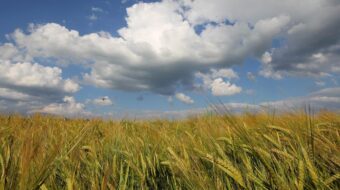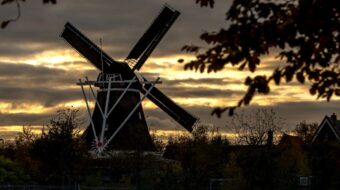Traditional town of farms, boos and oilmen
Schoonebeek is one of the most famous villages in Drenthe. This is partly due to the petroleum extraction that has been taking place here for more than half a century, but you will also find here some of the the most impressive farmhouses in Drenthe in an original setting in the Westerse Bos and the Oosterse Bos.
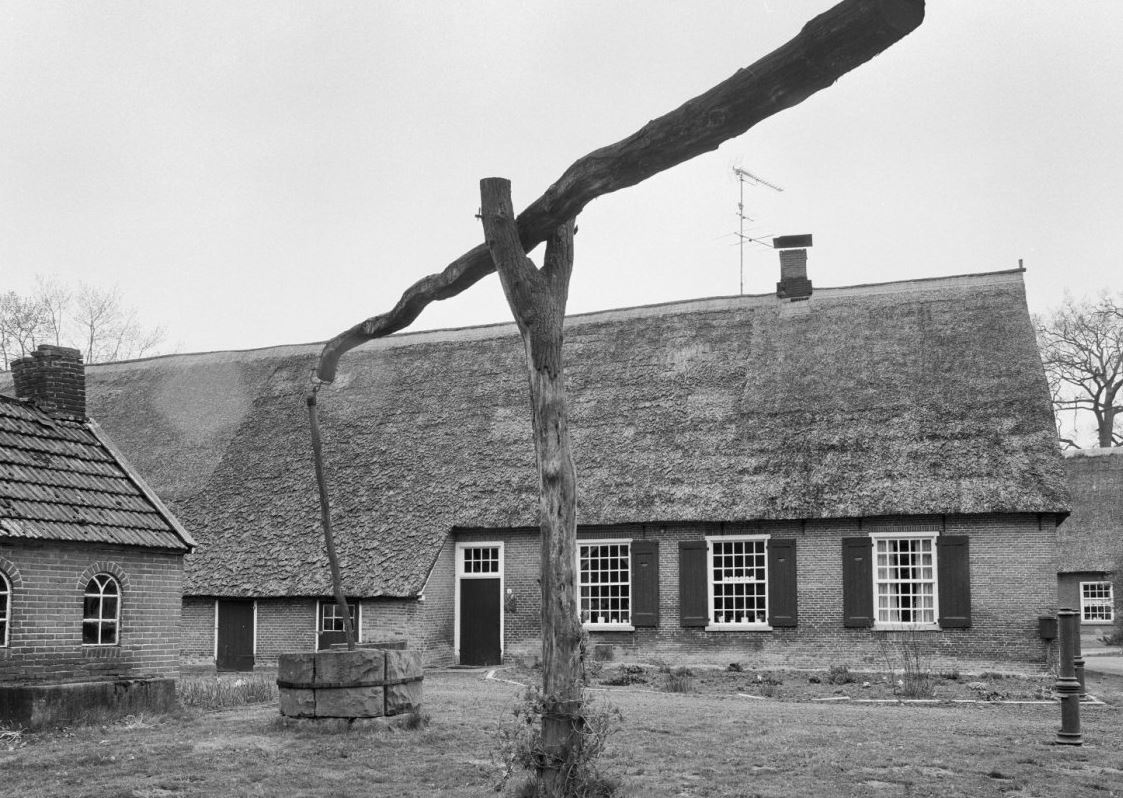
Origin
The village of Schoonebeek dates back to the Middle Ages. The first farmers settled along the Schoonebeeker Diep river, but soon they had to move their farm to the higher ground where the village is still located today. The farms are positioned along the road, surrounded by spacious gardens and trees. The Oosterse Bos is the easternmost cluster of the Schoonebeek farms. The valley of the Schoonebeeker Diep was fertile, as can be seen from the large farmhouses, often with a rich interior. Typical for the farms here is that the living quarters are often situated in the middle of the building, with a business area on either side. This can still be seen beautifully in the Ooster Bos.
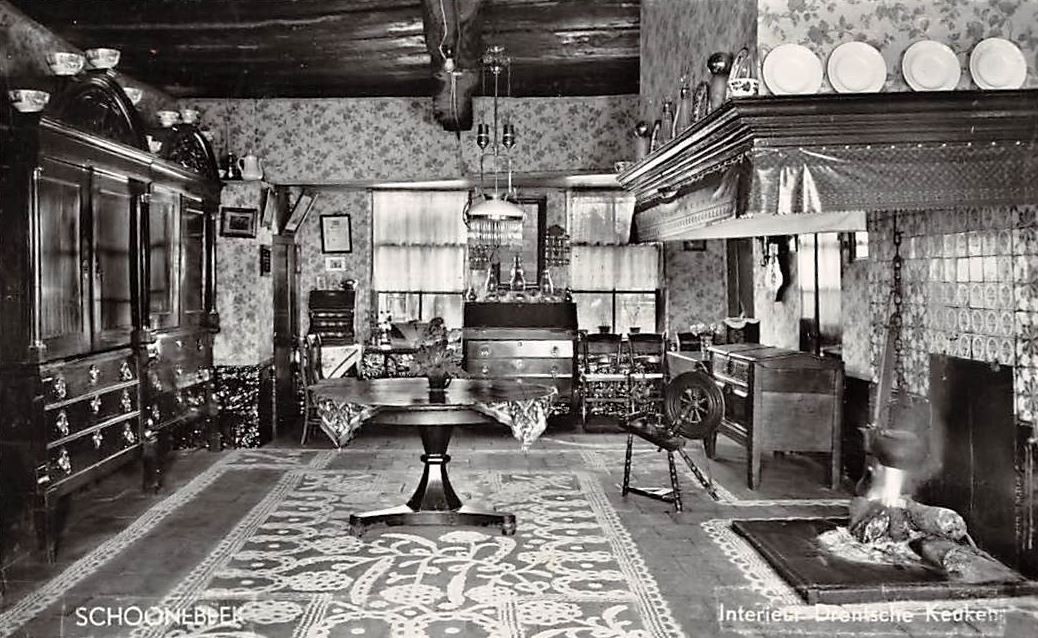
Stone water wells
In the yard of the oldest farms we often find an old well, built of Bentheimer sandstone, a natural rock from the Bentheim area.
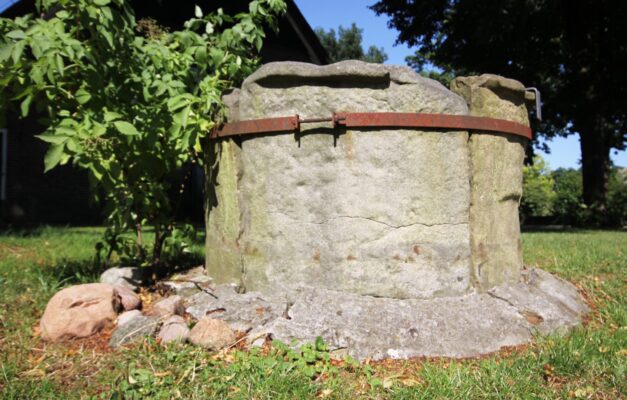
Beef cattle
Contributing to the prosperity of Schoonebeek was the use of the so-called booën (“booths”) in the eighteenth. The large farmers from the village had a cattle shed or boo in the remote valley, where oxen were grazed and fattened up during the summer. The trade in oxen (beef cattle) was an important economic activity. The oxen were sold on the Dutch and German markets. A boo could stable 10 to 20 oxen, under the supervision of a ‘boo-lord’, a bachelor from the village. A small living space was set up in the boo for this purpose. Of the dozens of boo’s, only two have survived, Hekman’s Boo and Willem’s Boo
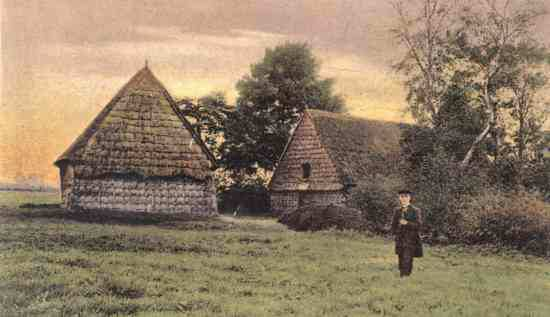
Oil comes to town
Schoonebeek gained national fame through the discovery of a large oil field at a depth of about 800m below the village. After the 2nd World War, this field was brought into production energetically, through the use of many oil pumps, the so-called nodding-donkeys. Today these have been replaced with modern pumping installations.
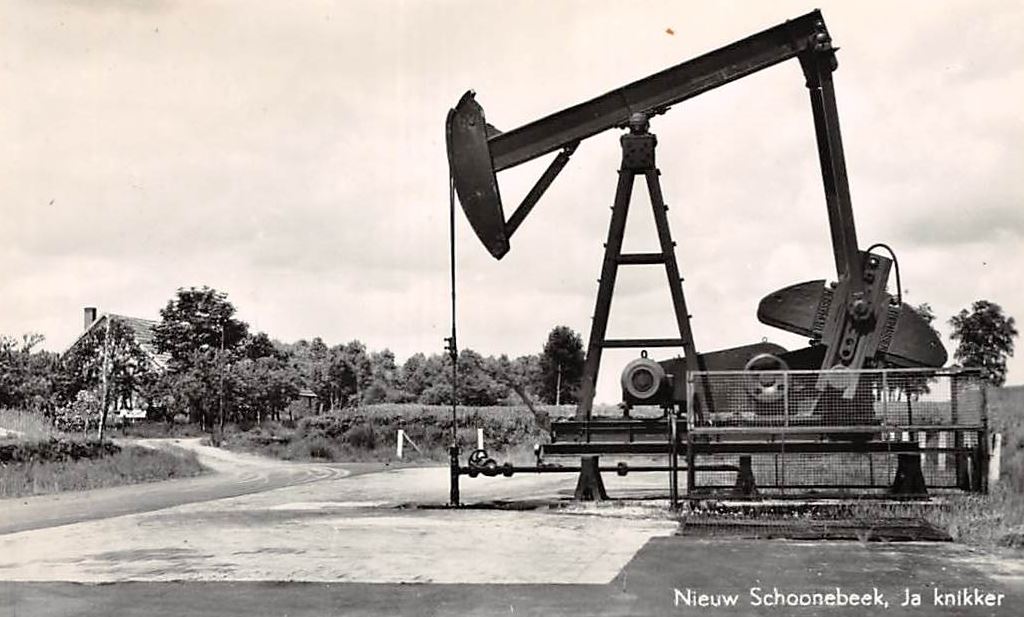
Biking
The best way to explore this fascinating area with its monumental farmhouses is by bike. You can start biking at the train station in Coevorden or in Schoonebeek and follow the biking nodes 76-77-20-24-02-01-03-86-94-41-34-11-45-44-43-76 (40km).
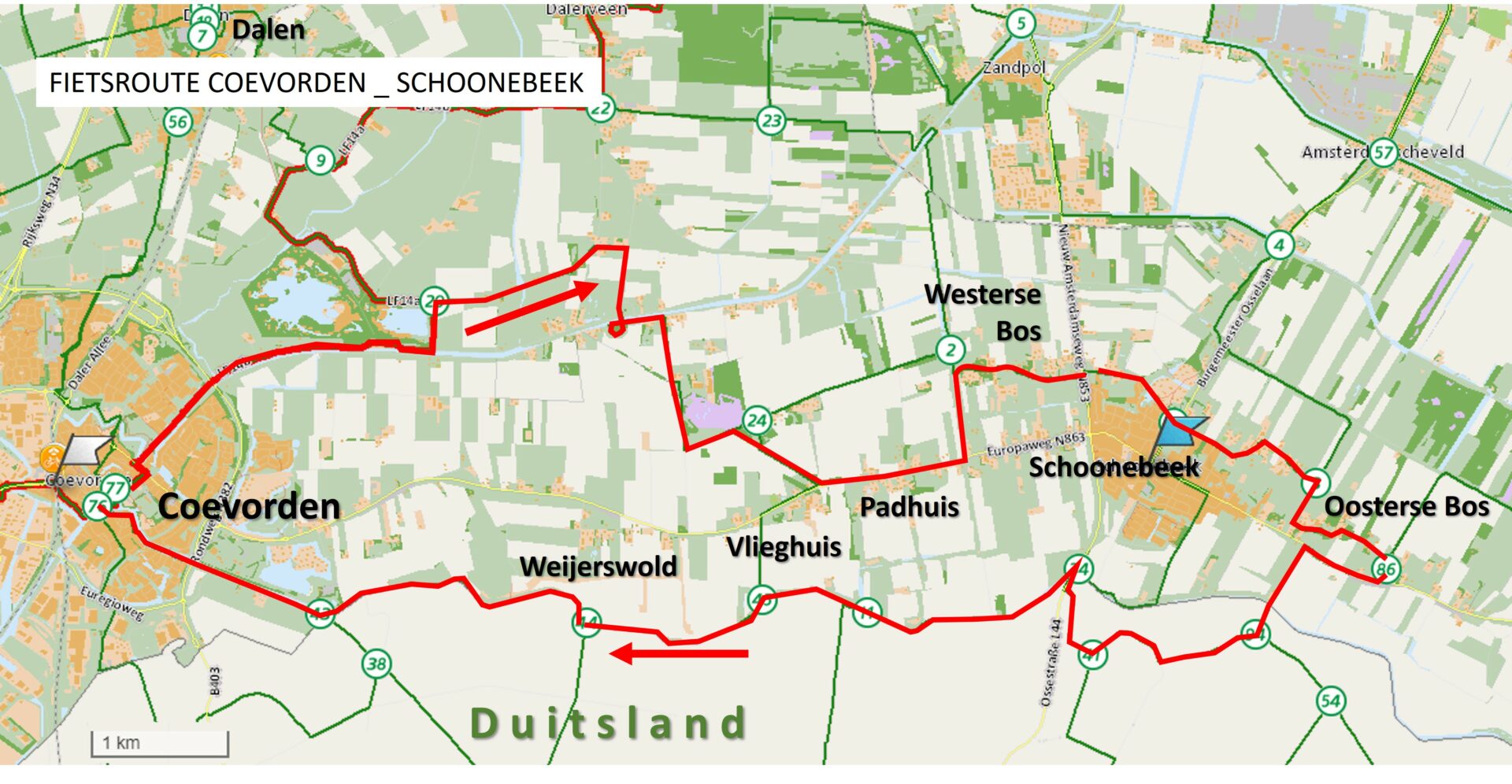
Location data
Zandstrooiboerderij
Coordinates: 52°39’48.2″N 6°53’02.4″E
